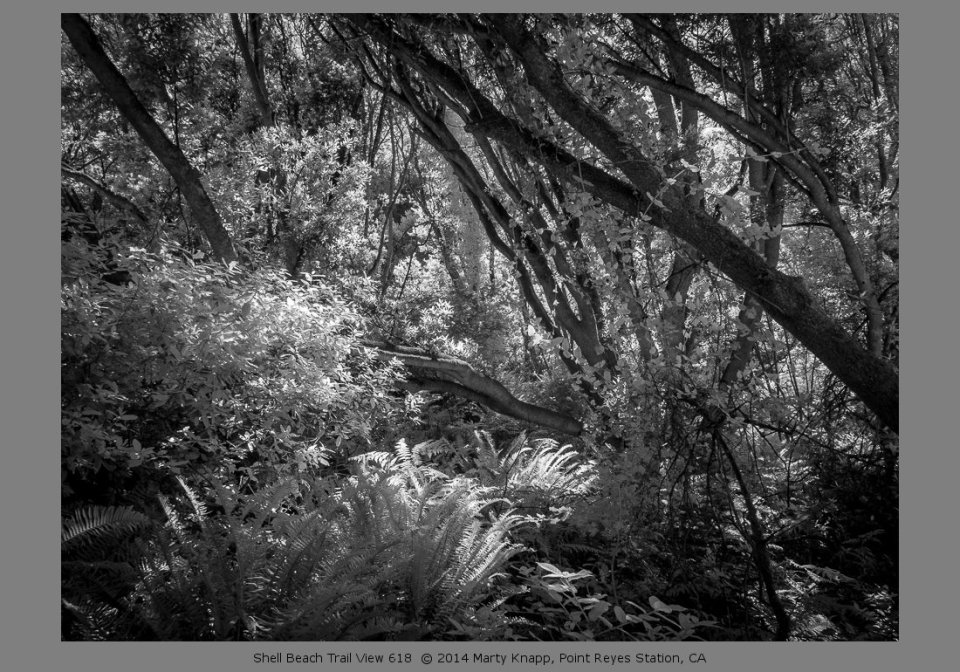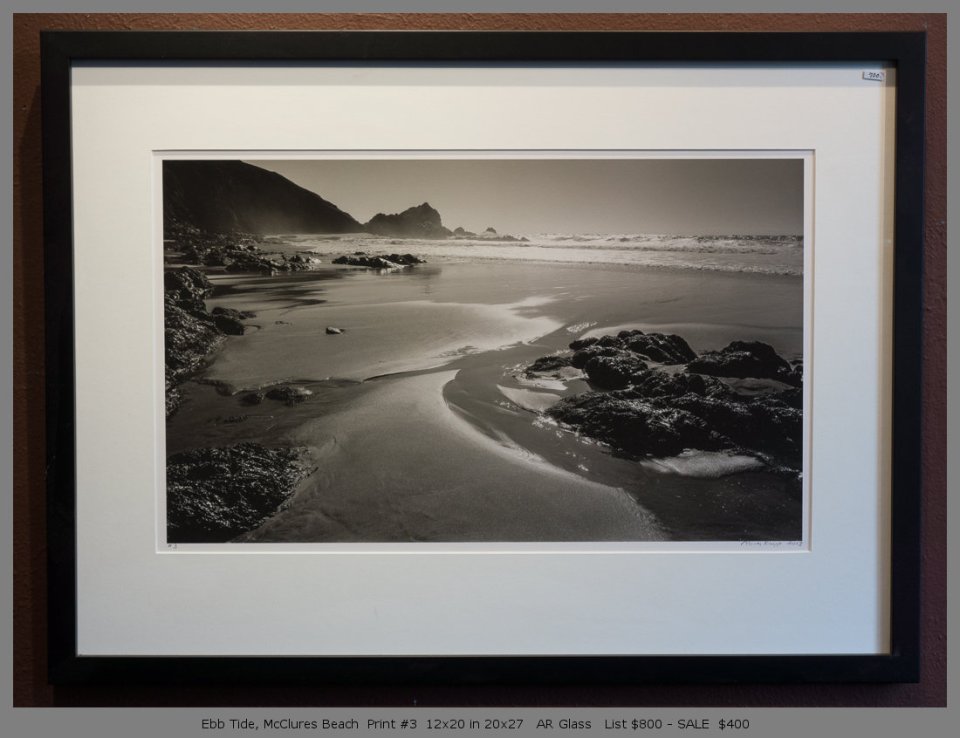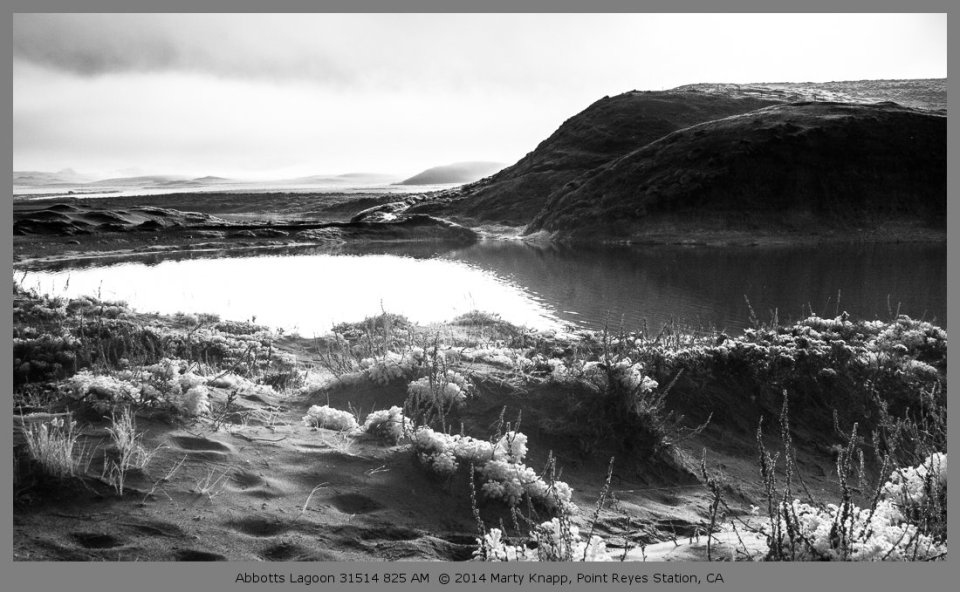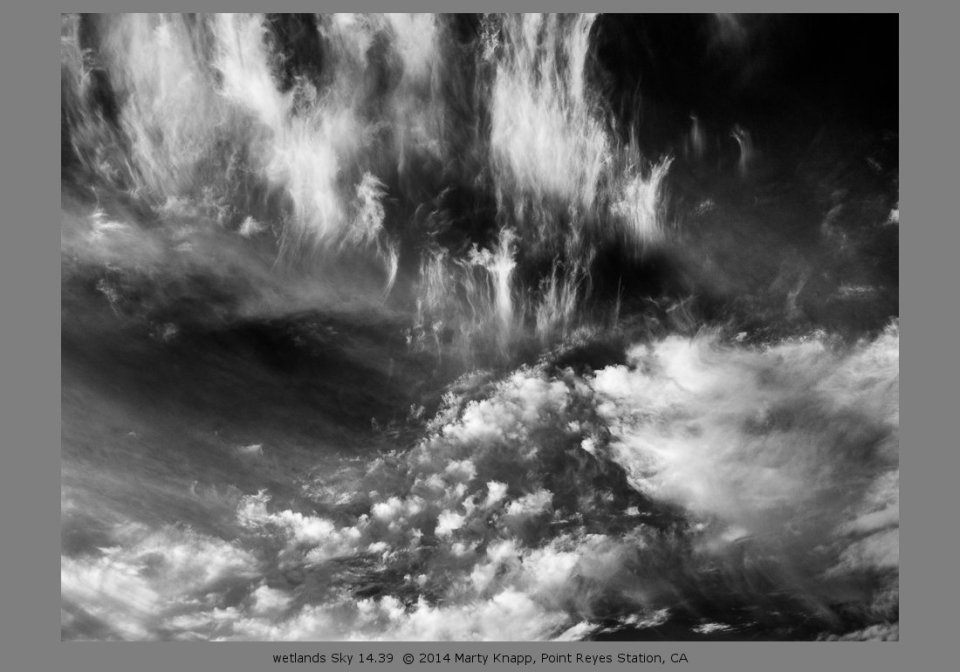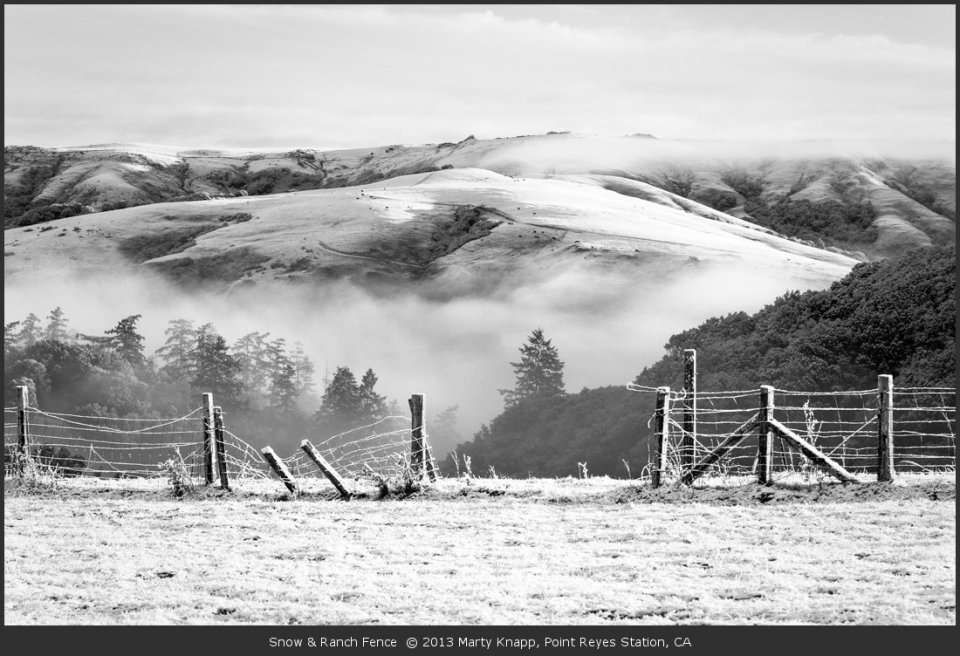There’s been much talk lately about the demise of the photographic print and the rise of its would-be replacement, the electronically presented digital image. Some will tell you that the battle is already over and that soon there will be no printing and no prints. After all, they say, we already view most of our photographs on laptops, tablets, or, lordy-me, our smart phone screens. I’ll admit that back-lit, digital photographs viewed on today’s lcd screens are stunning, but I’m not ready to write the obit for the traditional photographic print.
Although the trans-illuminated image and the photographic print each inform and communicate, they affect us in fundamentally different ways. The electronic image is powerful but transitory, depending on electrical charges to exist. It’s elusive, like a dream that’s gone when we awaken. On the other hand, the photographic print is tangible and persistent. We can feel it’s solidity, sense it’s presence. It is there when we want it, accessible as long as there is light. Each serves different purposes–one represents art, the other is art.
Prints are a feast for our senses, whether framed, jewel-like, behind glass, or available to hold and touch from their folders and boxes. I love the way they feel in my hands, their weight and texture. I even enjoy their signature scents. It’s good that they’re still there when I walk in a room and look up at the wall. I also like knowing that I am looking at the image the way the artist wanted me to see it. I just feel more connected to prints than I do to the digital images that appear and disappear on my computer screen.
Nevertheless, digital images on my lcd screen are indispensable to my work. I use digital imaging both for the creation and representation of my artwork. I know that these electronic images are not the actual art, but rather the processing tools for the finished pieces, my prints. And it is deeply satisfying to express my feelings and thoughts using this technology to create real and enduring artifacts. I keep clear the distinction between digital image and print, not confusing one for the other.
I love the fact that these digital images do become tangible–appearing in a book, a folio, or a frame–for us to see, hold and touch. And, over time, the enduring presence of a tangible print on our wall, will grow with us in a way that a fleeting image can’t.
So, the next time you reach into your wallet to fish out that precious photo of someone you love, be glad that we still have and can make photographs on paper. It’s a tradition that isn’t going to go away anytime soon!








